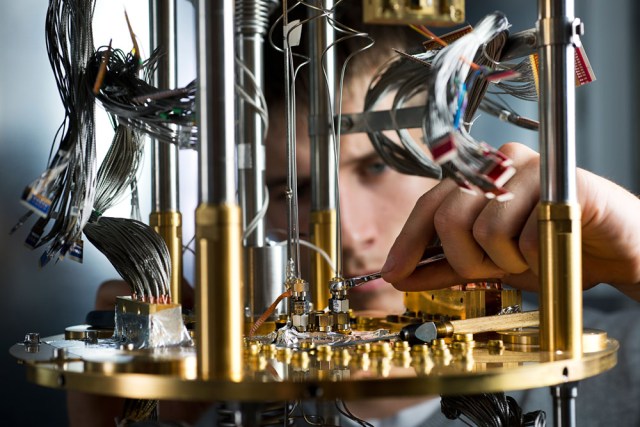Burnaby, B.C.-based D-Wave Systems, the quantum computing company that counts Jeff Bezos among its investors and NASA among its customers, has struck a deal to go public with a $1.2 billion valuation.
The deal involves a combination with DPMC Capital, a publicly traded special-purpose acquisition company, or SPAC. It’s expected to bring in $300 million in gross proceeds from DPMC’s trust account, plus $40 million in gross proceeds from investors participating in a PIPE arrangement. (PIPE stands for “private investment in public equity.”)
Quantum computing takes advantage of phenomena at the quantum level, processing “qubits” that can represent multiple values simultaneously — as opposed to the one-or-zero paradigm of classical computing. The approach is theoretically capable of solving some types of problems much faster than classical computers.
Founded in 1999, D-Wave has focused on a type of technology called quantum annealing, which uses quantum computing principles and hardware to tackle tasks relating to network optimization and probabilistic sampling.






